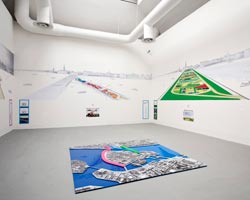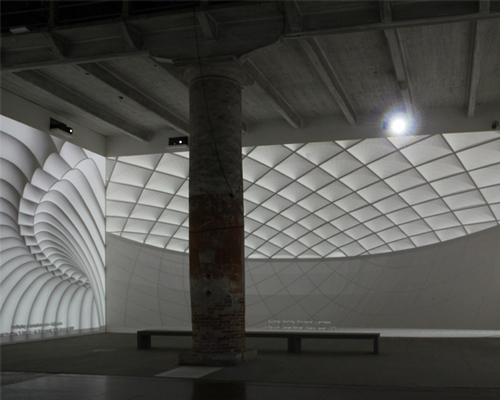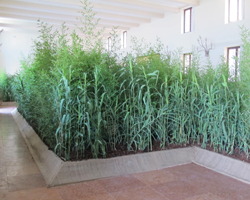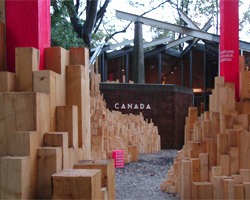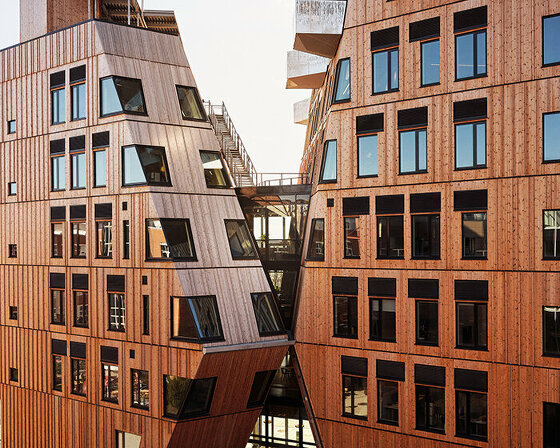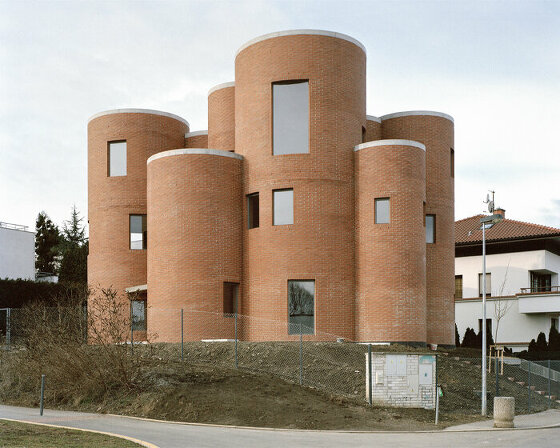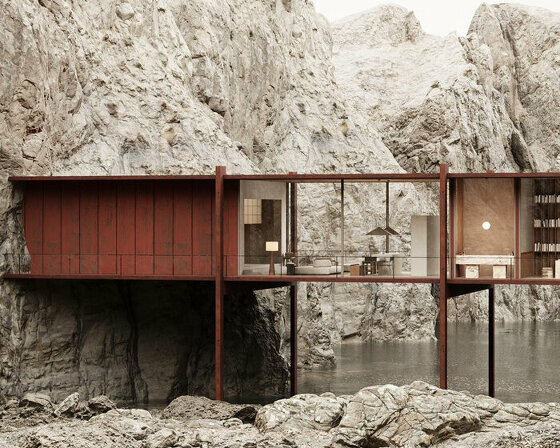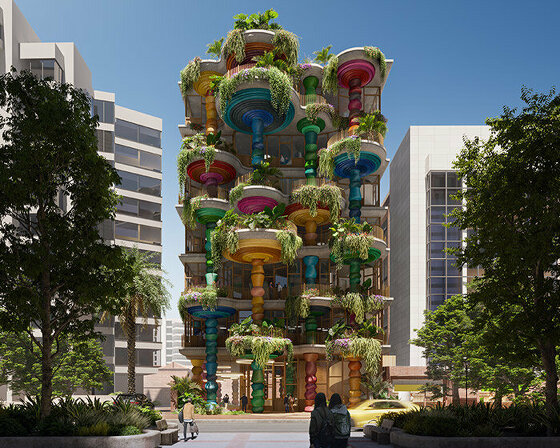KEEP UP WITH OUR DAILY AND WEEKLY NEWSLETTERS
PRODUCT LIBRARY
snøhetta's newly completed 'vertikal nydalen' achieves net-zero energy usage for heating, cooling, and ventilation.
the apartments shift positions from floor to floor, varying between 90 sqm and 110 sqm.
the house is clad in a rusted metal skin, while the interiors evoke a unified color palette of sand and terracotta.
designing this colorful bogotá school, heatherwick studio takes influence from colombia's indigenous basket weaving.
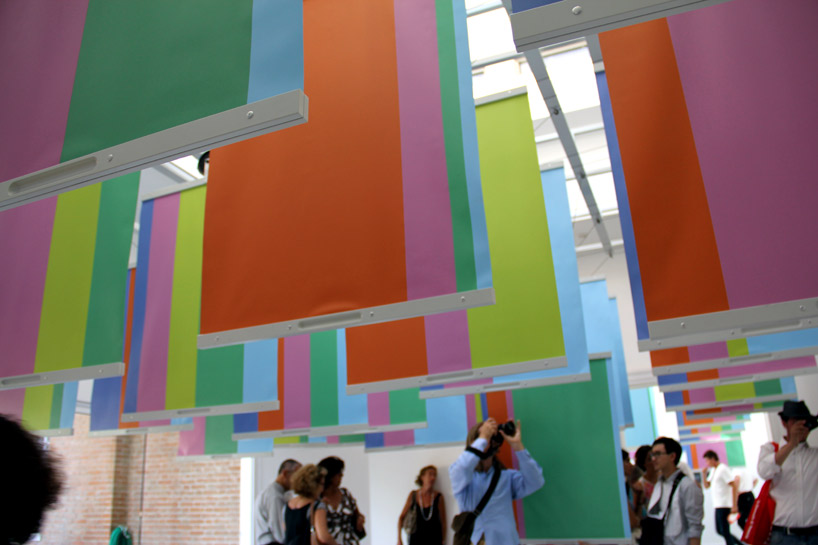
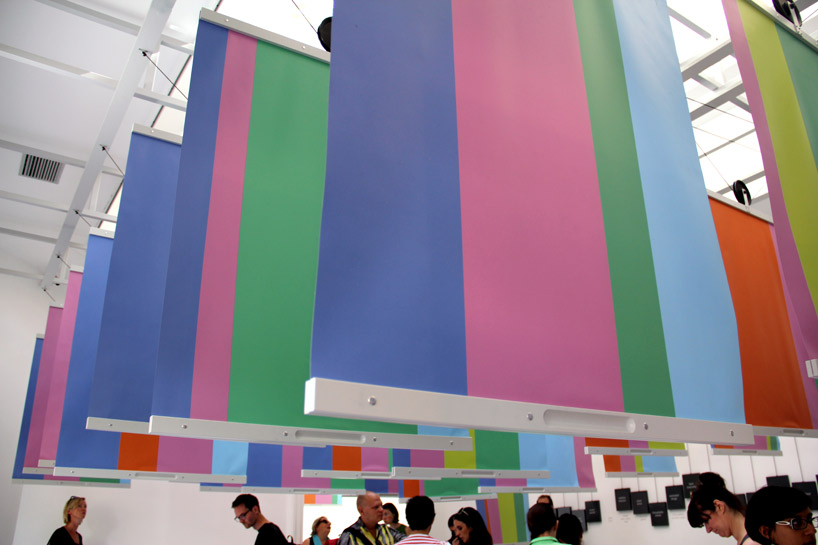 freecell created a lively system of banners suspended from an open scaffold, evoking a festival atmosphere. the banners may be pulled down for a clos- er look, triggering the movement of counterweights that are in- scribed with suggested actions to solve urban problems. image © designboom
freecell created a lively system of banners suspended from an open scaffold, evoking a festival atmosphere. the banners may be pulled down for a clos- er look, triggering the movement of counterweights that are in- scribed with suggested actions to solve urban problems. image © designboom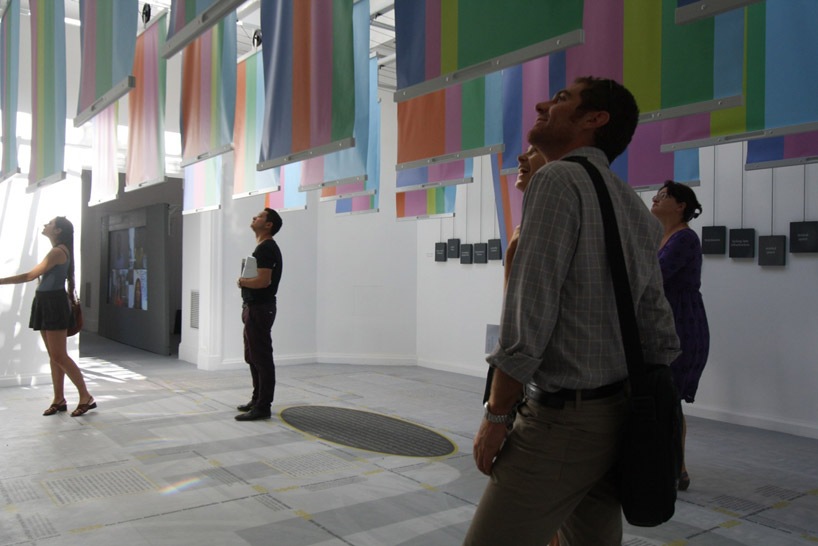 image courtesy of freecell
image courtesy of freecell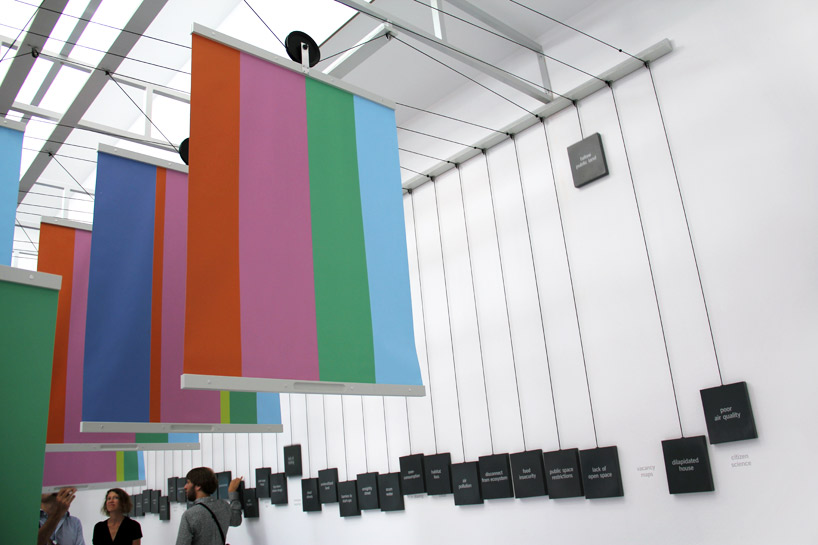 banners are connected to counterweights through a pully system image © designboom
banners are connected to counterweights through a pully system image © designboom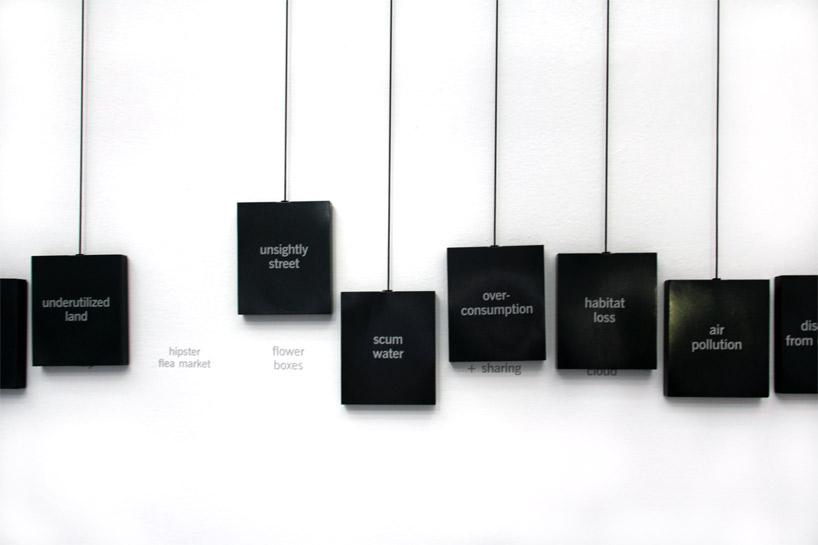
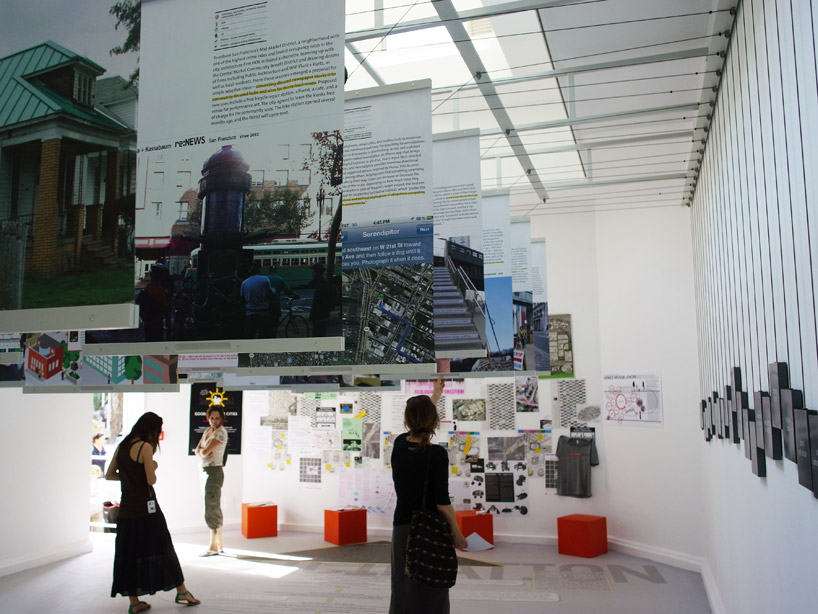 frontside of banners image © designboom
frontside of banners image © designboom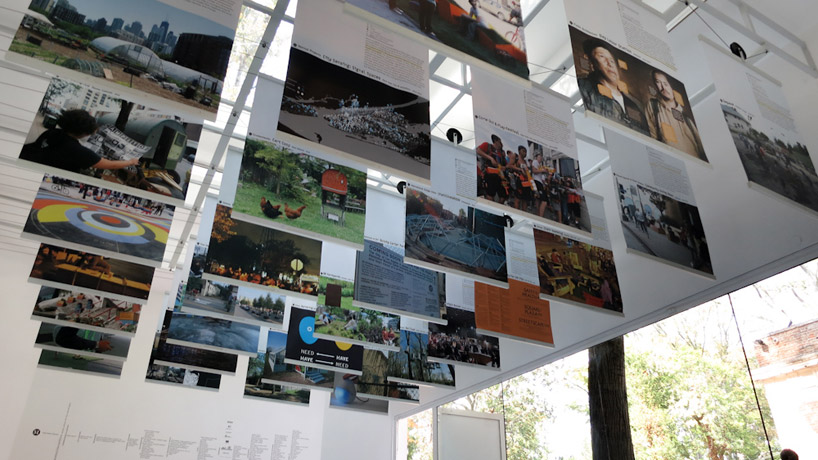 image courtesy of freecell
image courtesy of freecell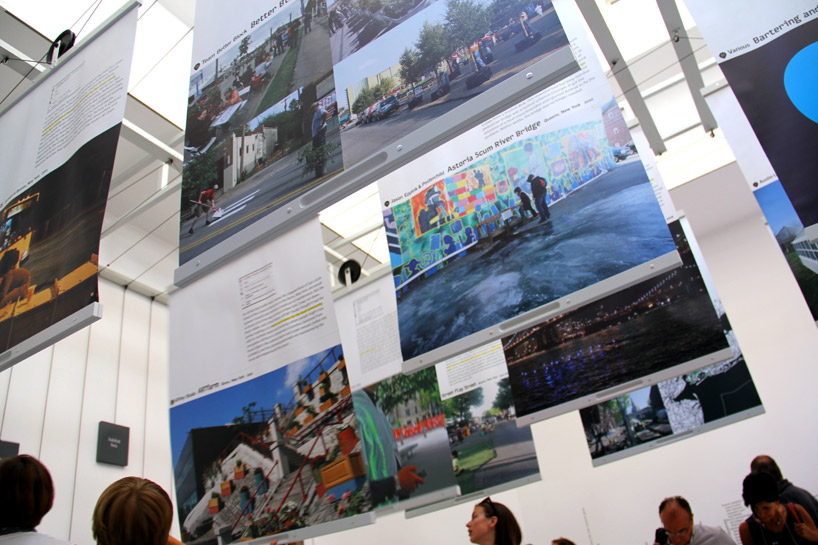 image © designboom
image © designboom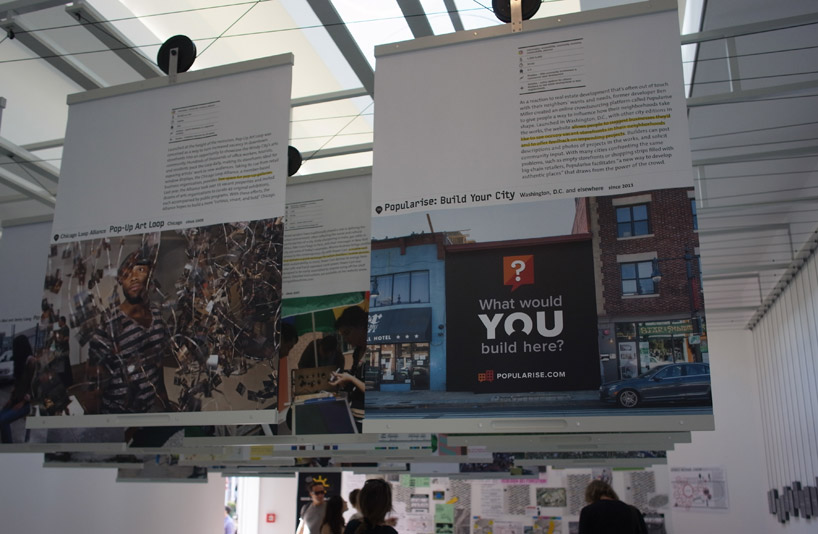 image © designboom
image © designboom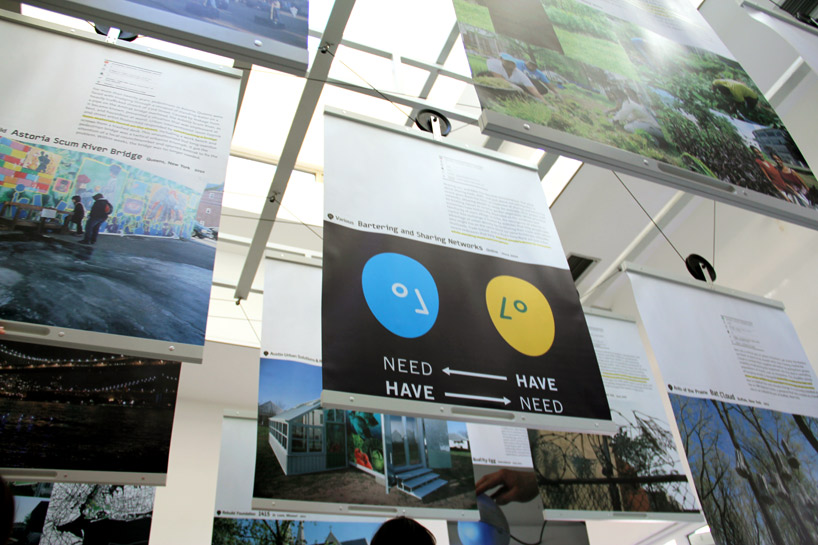 124 urban intervention projects presented on banners image © designboom
124 urban intervention projects presented on banners image © designboom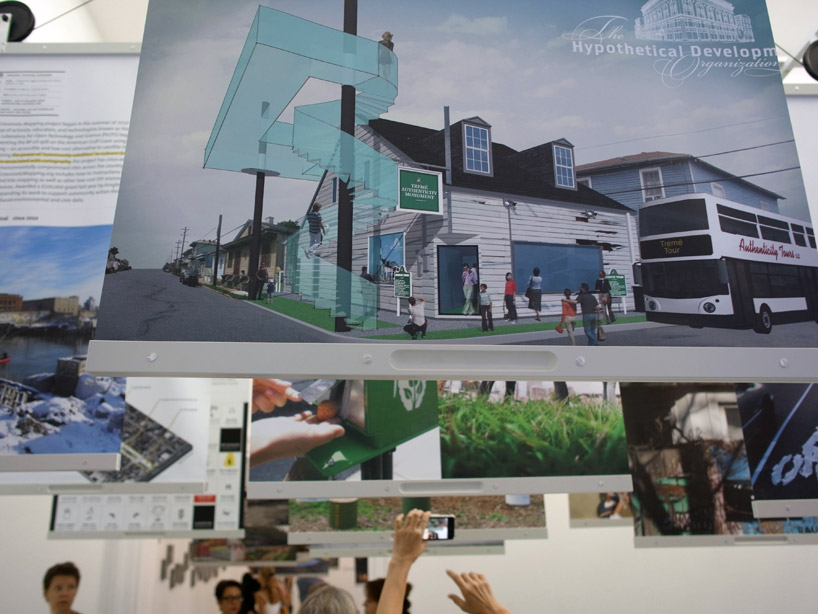 backside of banners image © designboom
backside of banners image © designboom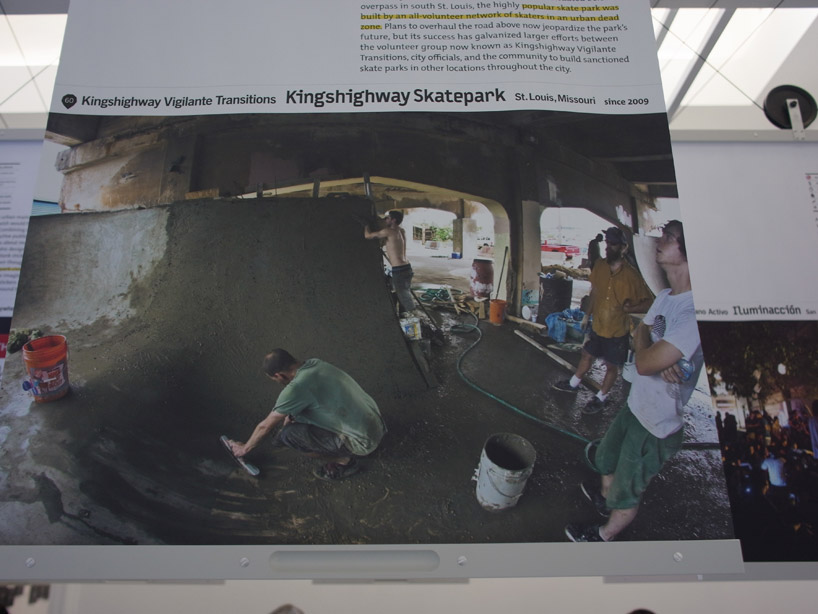 detail of a project on a banner image © designboom
detail of a project on a banner image © designboom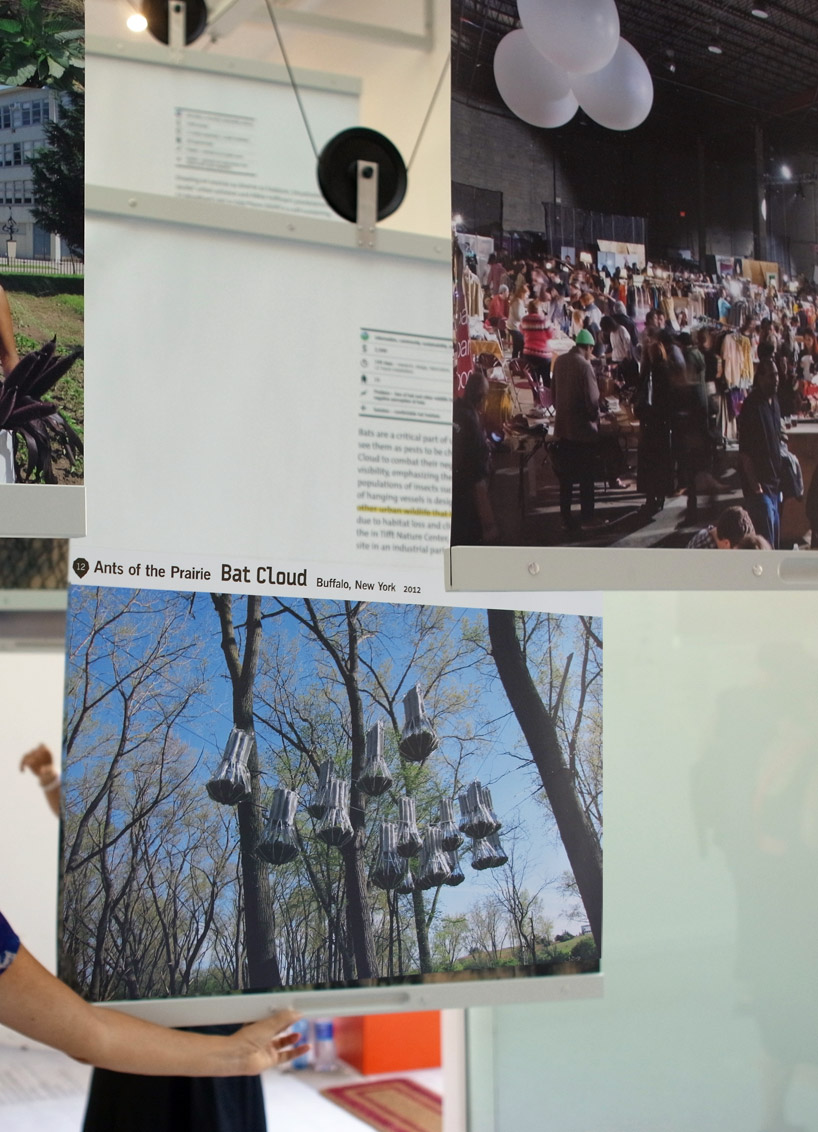 individual panels can be pulled down for further inspection image © designboom
individual panels can be pulled down for further inspection image © designboom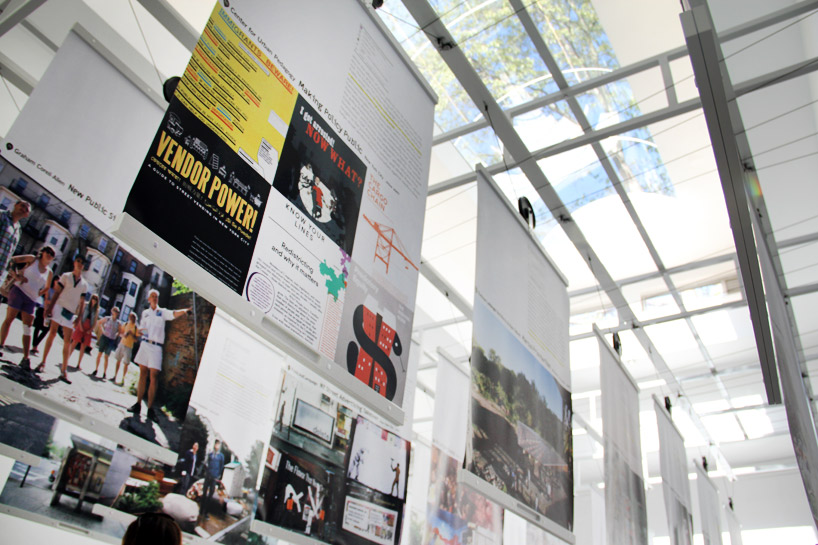
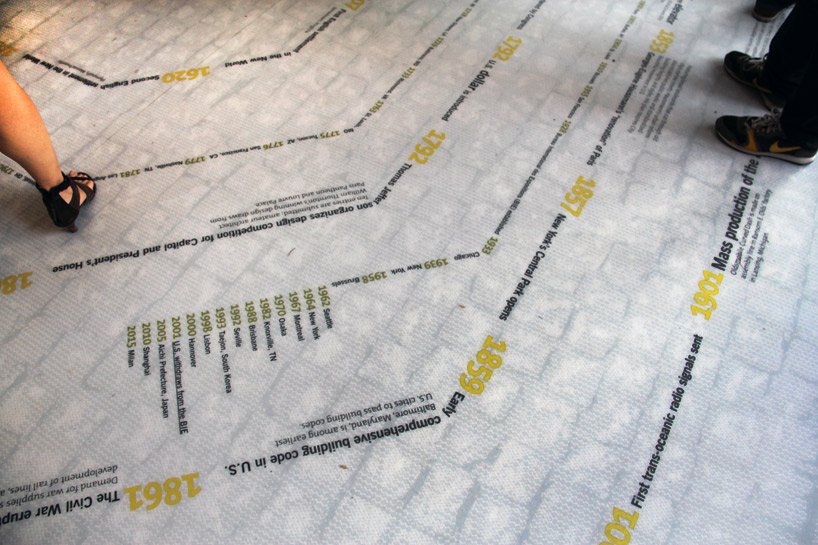 wending across the gallery floors is a timeline that narrates the history of city- making as well as key precedents in urban activism. M-A-D designed a timeline that alters in shape as it advances, reflecting the ideas of each dominant epoch. today’s urban interventions are reacting to spe- cific conditions that have been de- cades, even centuries, in the mak- ing, informed by complex physical and cultural circumstances. image © designboom
wending across the gallery floors is a timeline that narrates the history of city- making as well as key precedents in urban activism. M-A-D designed a timeline that alters in shape as it advances, reflecting the ideas of each dominant epoch. today’s urban interventions are reacting to spe- cific conditions that have been de- cades, even centuries, in the mak- ing, informed by complex physical and cultural circumstances. image © designboom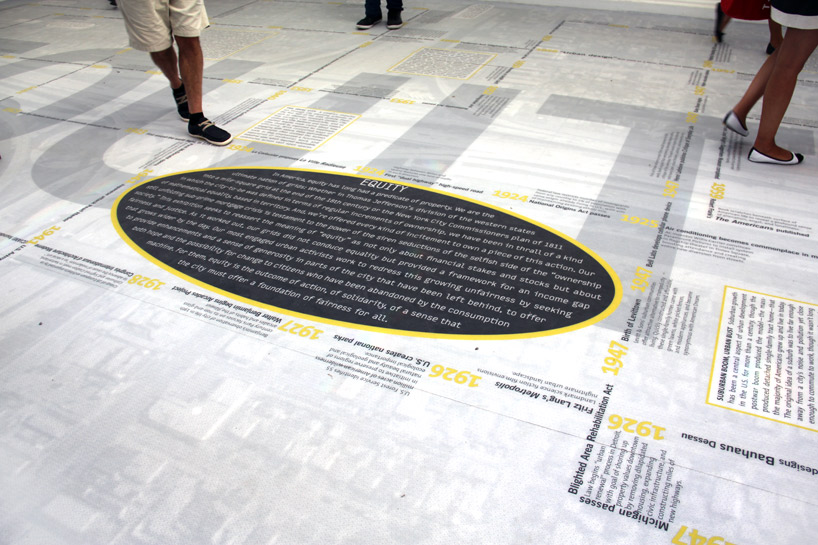 infographic on floor image © designboom
infographic on floor image © designboom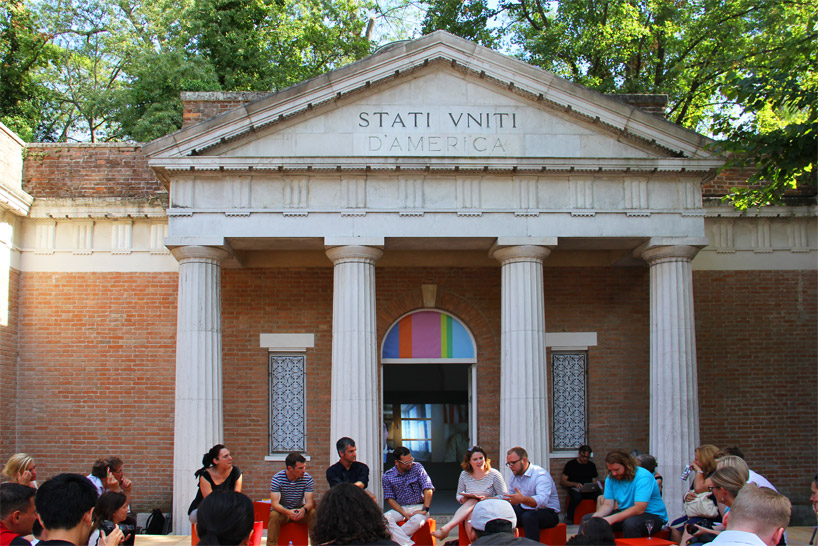 ‘commonplace’, features a conversation pit that is filled with foam cubes in- tended to be used for seating or playing. the pieces are configured to accommodate a range of functions, from lectures to workshops to casual socializing. their intention is to donate the cubes to a school when the biennale concludes. image © designboom
‘commonplace’, features a conversation pit that is filled with foam cubes in- tended to be used for seating or playing. the pieces are configured to accommodate a range of functions, from lectures to workshops to casual socializing. their intention is to donate the cubes to a school when the biennale concludes. image © designboom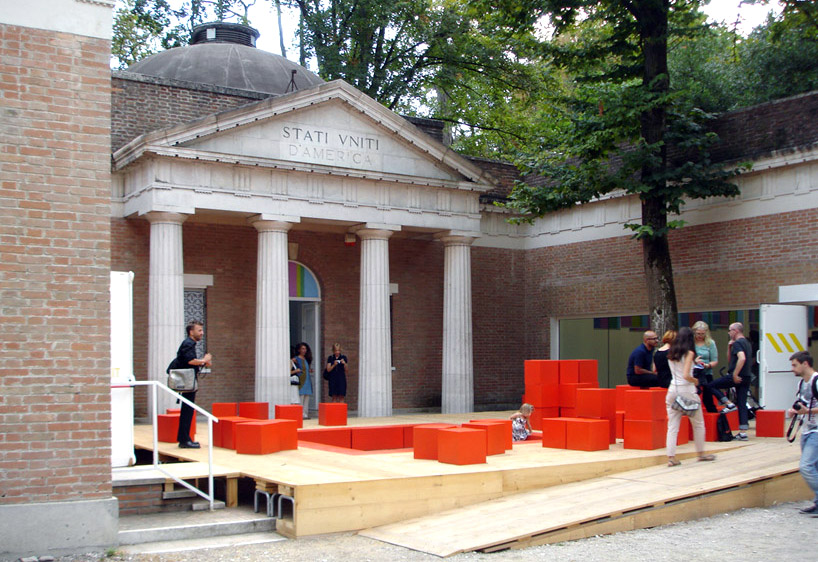 interboro borrowed a standard-issue item from the city of venice – the temporary, elevated sidewalks called passerelle that venetians use to navigate venice during acqua alta – to create an ‘outdoor living room / commonplace’ to host programs scheduled for the biennale’s three-month run. image © designboom
interboro borrowed a standard-issue item from the city of venice – the temporary, elevated sidewalks called passerelle that venetians use to navigate venice during acqua alta – to create an ‘outdoor living room / commonplace’ to host programs scheduled for the biennale’s three-month run. image © designboom